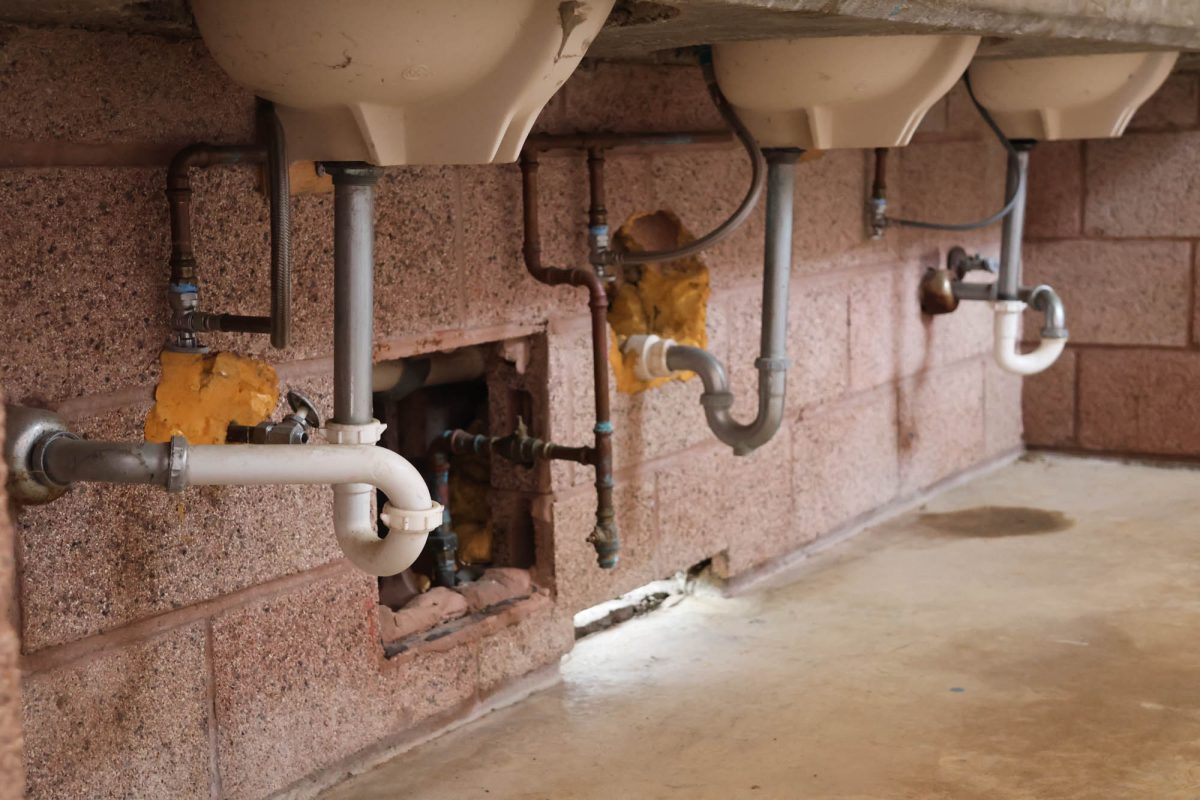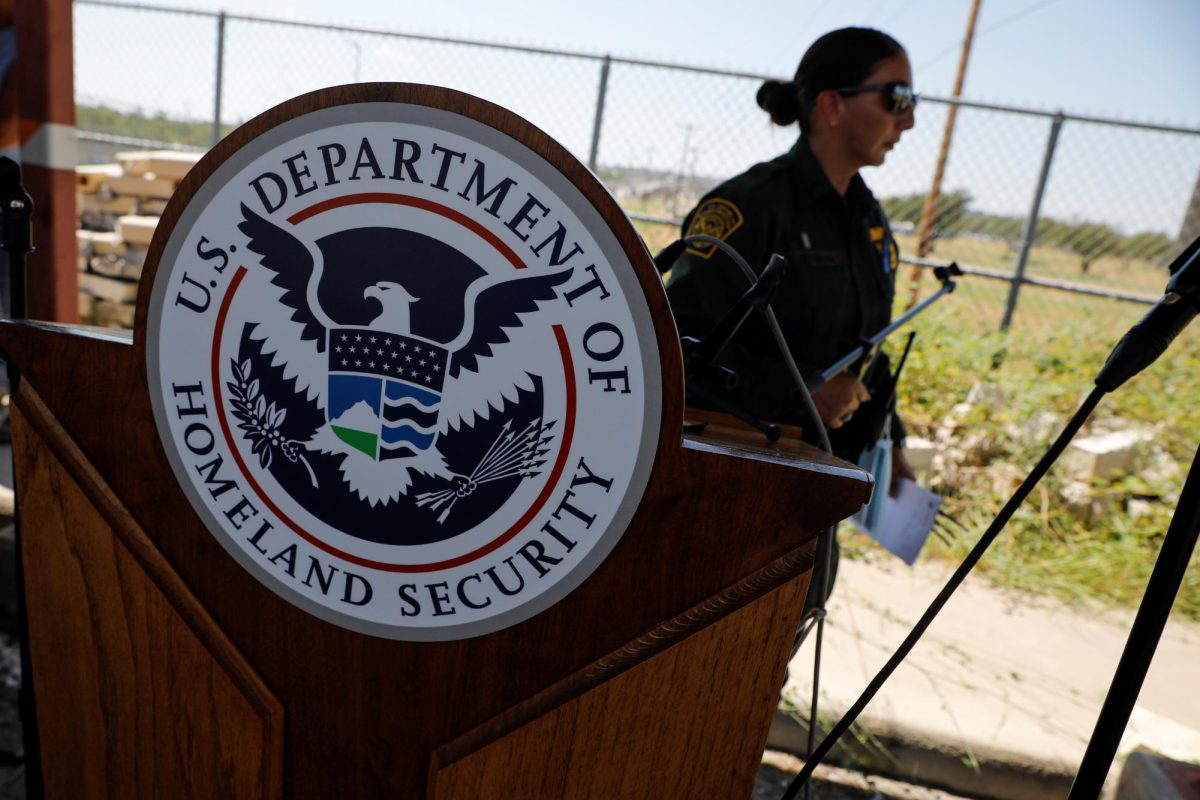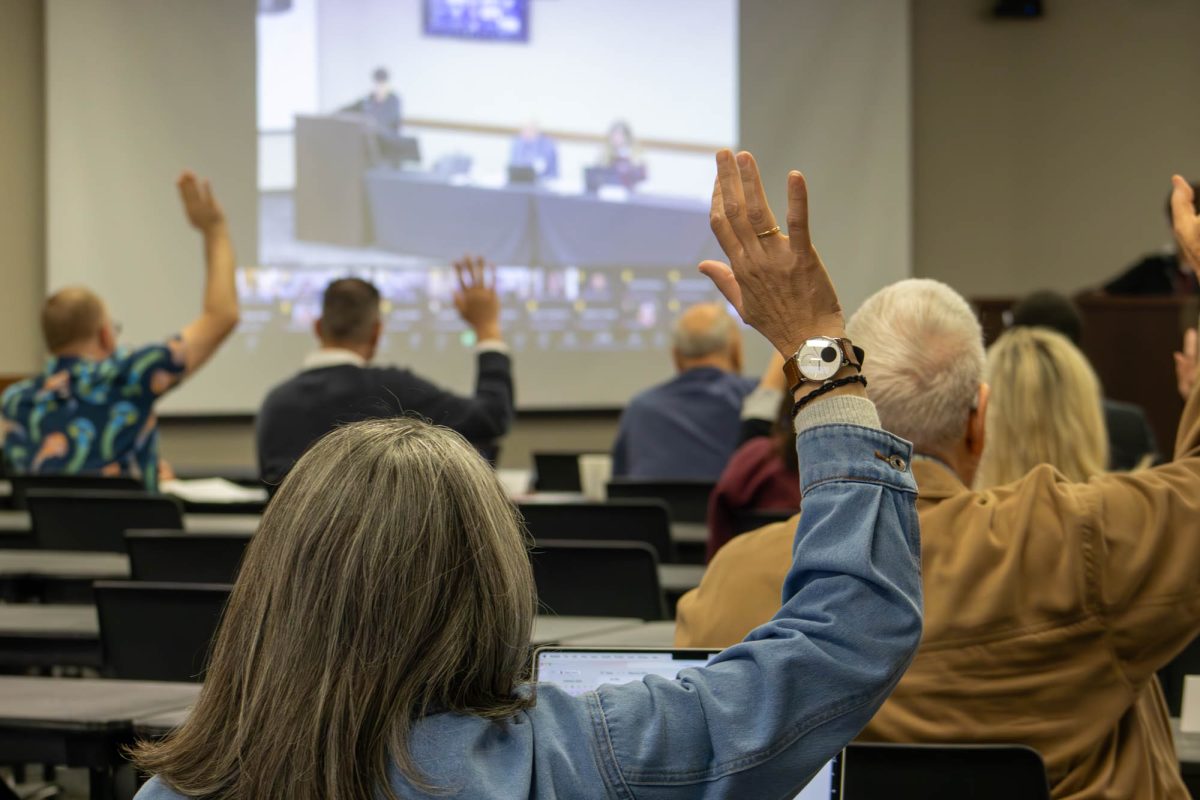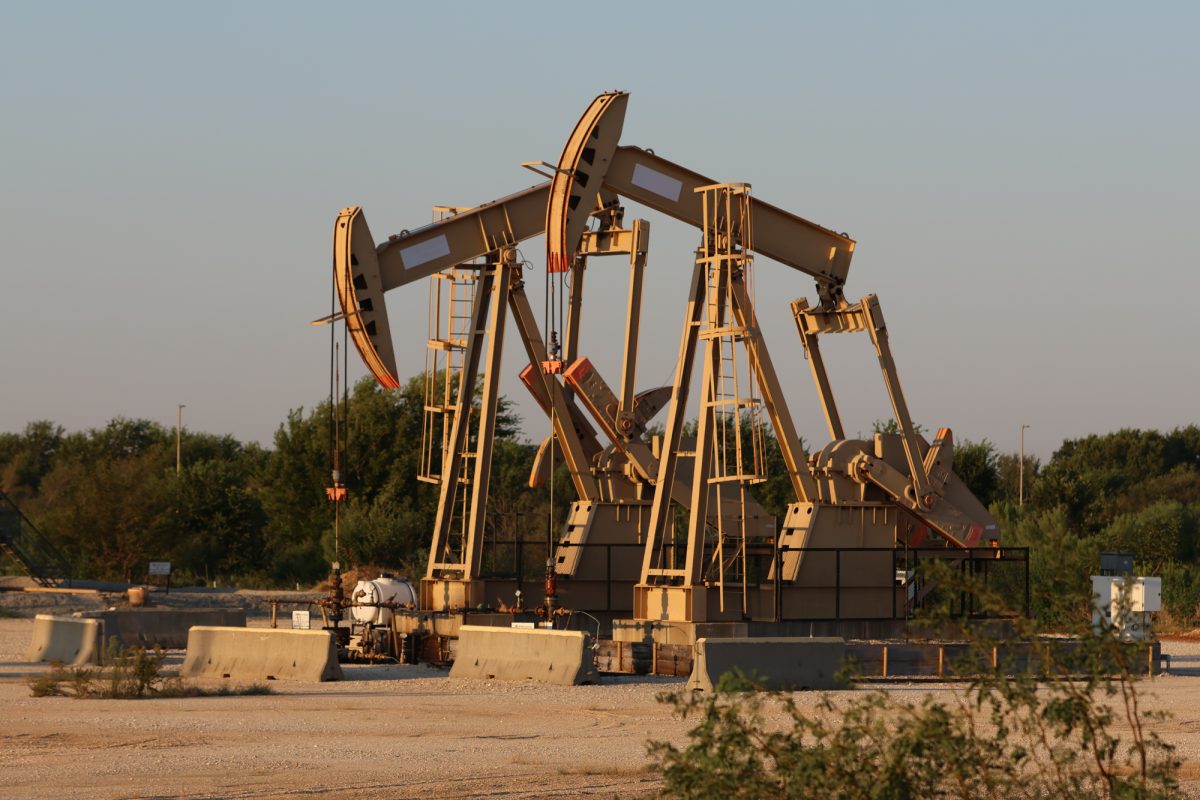A “bitter” legal battle between two growing regions in Texas has caught the Texas A&M System and the cities of Bryan and College Station between a rock and a hard place: the law and their growing need for water.
The Simsboro formation is the area of the Carrizo-Wilcox Aquifer that provides groundwater to cities in the Brazos Valley via pumps. Georgetown, a city north of Austin, has worked with a water company which has applied for a permit to pump water out of the Simsboro formation. Residents of Brazos Valley believe that pumping water out of the formation will threaten their water supply, and subsequently, their way of life.
Since September 2024, the water in the aquifer has been trapped in the middle of a lawsuit between A&M, Brazos Valley cities and the Groundwater Conservation district. A&M and the cities argue that the permits were granted improperly due to a lack of proper procedure during the permit granting process, which according to groundwater law experts is the only route they could have taken to fight the water permits.
Professor of law Gabriel Eckstein, the director of the A&M law school’s program on energy, environmental and natural resource systems, said Texas’ groundwater laws can be confusing to navigate.
“The [Texas Supreme Court] in 1904 said, ‘Well, we don’t know a lot about groundwater, how it flows, it’s mysterious, the best thing for development is to give landowners free reign to maximize their natural resources,’” Eckstein said. “ … If that wasn’t bad enough, in 2012, in the Day case, the Texas Supreme Court again not only resolidified the rule of capture but also gave it a little more definition.”
The Texas law governing groundwater is called “rule of capture” and dates back to English common law. Rule of capture allows for landowners to capture oil, gas and water on their property and gives them total control over the resources. The water under a person’s land legally belongs to them until it flows out of the area.
“Many of us predicted these kinds of problems,” Eckstein said. “It’s going to be a mess, and this is exactly what you’re having … Texas A&M, Bryan — I hate to say it, but I don’t think they have a leg to stand on.”
Bryan and College Station have created an advocacy coalition for legal changes to the water code as well. Their newly-launched website, KeepWaterLocal, features video testimonials from former students and College Station residents.
“Like other Southwestern communities, Brazos and Robertson counties face ongoing challenges: drought, seasonal high temperatures, aging infrastructure, and shrinking groundwater reserves,” the website reads. “Now, out-of-state entities and neighboring municipalities in the Brazos River Valley are collaborating to siphon away our city’s most precious resource — our water.”
Georgetown’s pipeline runs through two companies, Upwell Water and EPCOR. EPCOR is a utility management company that has opened several pipelines throughout the state and runs millions of acre-feet of water daily. If completed, the Georgetown pipeline will run 89 million gallons per day into the fastest-growing area of the state: the I-35 corridor.
“They’re asking for prior appropriation rights, which is the system we have in place for surface water rights, except that surface water is owned by the state,” Eckstein said. “The problem with that is, if you get your groundwater permit before me, do I own the groundwater any less than you? It’s my groundwater beneath my land.”
The defendant in the lawsuit is the Brazos County Groundwater Conservation district, which is under the charge of its general manager Alan Day. A groundwater conservation district monitors and sets rules for groundwater allocation, although their legal enforcement authority is weak.
“We are mandated to not exceed the limit of the [desired future condition] of 50 years,” Day said. “We will not allow an aquifer to be drained, and we will protect property rights.”
According to Day, Upwell took out a transport permit in March 2023. The main reasoning behind the lawsuit, Day said, was the fear of increased water prices due to lower aquifer levels. Despite this, Day said the conservation district couldn’t stop landowners from selling their water.
“They have that right,” Day said. “We will preserve, conserve and protect aquifers.”
City of Bryan mayor Bobby Gutierrez released a statement saying out-of-state entities “are targeting our local aquifers, looking to profit without concern for our future.”
“I use the term ‘water piracy’ when talking about this issue,” Gutierrez wrote. “It is a race to the bottom of the aquifer. We’ve built a long-term water conservation plan to secure our community’s future. … This is modern-day robber baron behavior. They are trying to take what they want, with no regard for sustainability or long-term consequences.”
David Lynch, a managing partner at Core Captial and a partner in the Upwell project, said that the cities have taken advantage of the judicial process in an attempt to stop the pipeline.
“This is an exploitation of a procedural glitch at the water district,” Lynch said. “We’ve been praised by the water district for being innovative and thoughtful and staying in the lane with these rules, and months and months after we had our project fully permitted … all of a sudden, as if they woke up and said ‘We need to try and control this process’.”
According to Lynch, Upwell had tried to address the concerns of the Brazos Valley by reducing the amount of water they planned on pumping by 20%. The new amount would equal approximately 0.035% of the total storage amount in the Simsboro aquifer per year.
“The city of Georgetown is going to get this water from somewhere,” Lynch said. “They have a massive demand and an economic engine that the state is very proud of … We will paying into the district more than $250 million dollars worth of fees that the district will then administer to help eliminate any potential cause of issue that our pumping generates.”
Towns that are growing along the I-35 corridor include Josephine, Georgetown and Weston. Over the past five years, the communities along the corridor have accounted for a majority of the population growth in the state, and as their population grows, so does their need for water.
Professor emeritus in the department of rangeland, fisheries and wildlife management Ron Kaiser said the need for water now cannot outweigh the need for water in 50 years. Across the nation, groundwater levels have been rapidly dropping.
“Ultimately, I think there’s a concern and a fear that if it’s drawn down too much, that could harm the aquifer,” Kaiser said. “Will it harm the aquifer and its storage capacity? Will it encourage something called saltwater intrusion? The risks are sort of unknown and unmeasured at this time.”
As A&M continues to grow, the need for infrastructure to support the increasing population is growing too. According to Kaiser, the greatest concern lies with economics and the environment.
“The reality is there is very little surface available,” Kaiser said. “Cities are having to rely on groundwater as water for their new growth. … What will our water future look like? There are elements of uncertainty with this. It’s not absolutely clear.”
Editor’s note: A previous version of this article attributed pipelines throughout the state to UpWell and incorrectly stated the permit date. This article has been updated in accordance with the facts.















